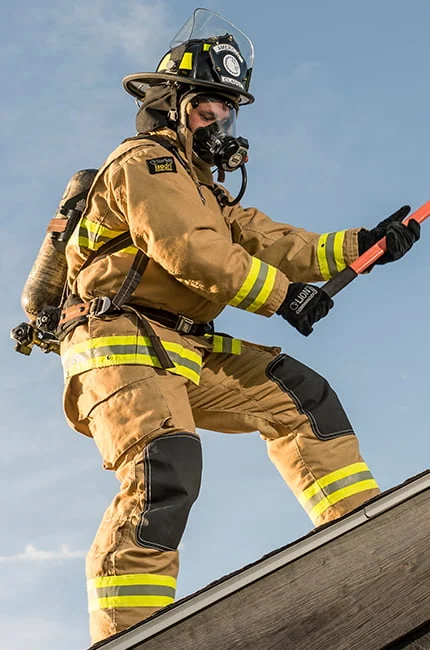
thermal protection
Critical care of Firefighter gear is a crucial for emergency response. Designed to protect personnel from extreme heat, hazardous materials, and physical injuries. Standard gear includes turnout coats and pants made from flame-resistant materials. Helmets with face shields, self-contained breathing apparatus (SCBA), gloves, and boots. Each piece serves a vital function, ensuring firefighters can operate safely in dangerous environments. Additionally, personal protective equipment such as fire-resistant hoods and thermal imaging cameras further enhance their ability to navigate smoke-filled areas. These items must comply with NFPA 1971, which sets rigorous standards for thermal protection, flame resistance, and durability.
routine maintenanace
Regular maintenance of firefighter gear is essential to uphold its integrity and functionality. After each use, equipment should be thoroughly cleaned to remove contaminants and checked for signs of wear or damage. Turnout gear, for example, must be washed following industry standards to eliminate carcinogens and soot buildup. SCBAs require routine inspection of air tanks, regulators, and face masks to ensure proper airflow. Proper storage also plays a crucial role in preserving gear. As exposure to extreme temperatures and sunlight can degrade materials over time. NFPA 1851 provides guidance on the selection, care, and maintenance of firefighting PPE, helping departments keep gear in top condition.
regular inspections
Inspection protocols help identify potential issues before they compromise firefighter safety. Departments typically follow established guidelines, conducting visual and functional assessments at scheduled intervals. Any gear exhibiting signs of excessive wear, such as frayed fabric, broken straps, or compromised seals, must be addressed immediately. Helmets should be checked for cracks, while gloves and boots must maintain their grip and insulation properties. These evaluations not only protect the wearer but also ensure compliance with safety regulations and industry standards. NFPA 1971 outlines specific requirements for helmets, hoods, gloves, coats, and pants, ensuring they meet stringent safety criteria.
the need for replacement
Replacing firefighter gear is necessary when it no longer provides adequate protection. Industry recommendations suggest a lifespan of approximately 10 years for turnout gear. Factors such as frequency of use and exposure conditions can shorten its usability. Damaged or outdated equipment should be discarded and replaced with certified gear that meets current safety specifications. Investing in high-quality replacements safeguards firefighters while allowing them to perform their duties effectively. This is reinforcing the importance of ongoing equipment management. NFPA 1970, a newly consolidated standard, integrates multiple NFPA regulations. This standard will enhance contamination resistance and cleanability of gear, ensuring firefighters have the best possible protection